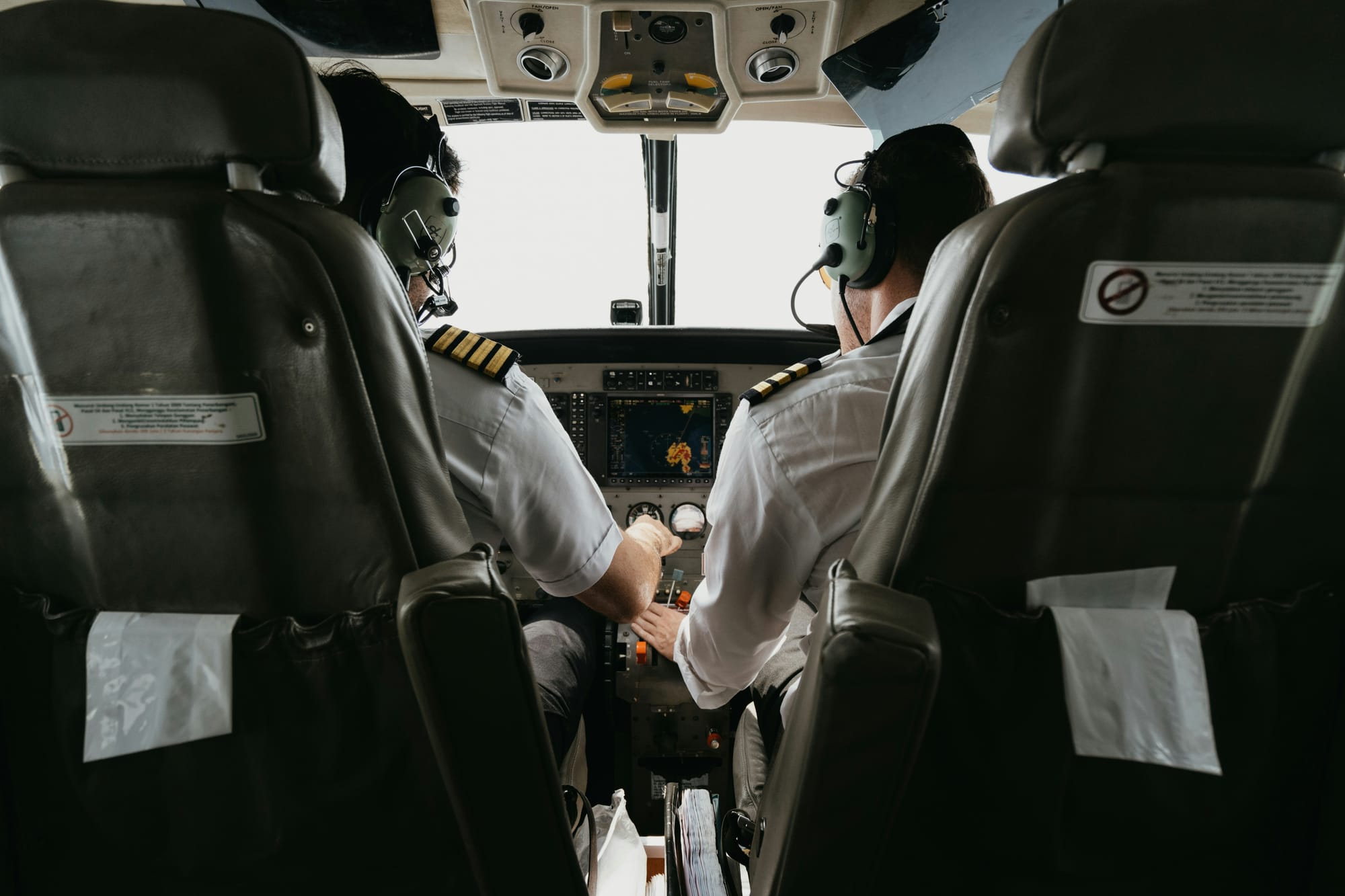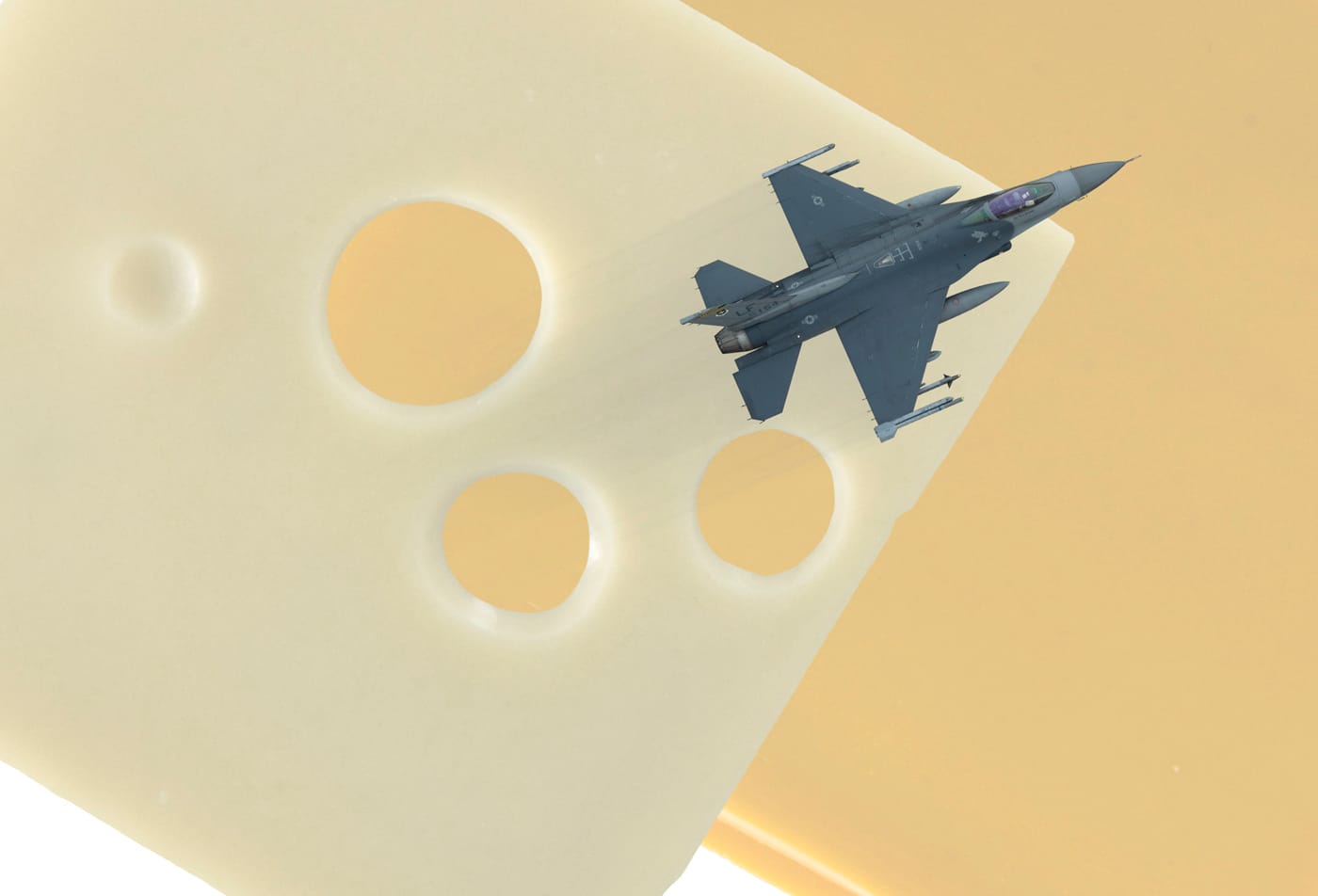The Mystery of the Airplane Window Hole: Solved!
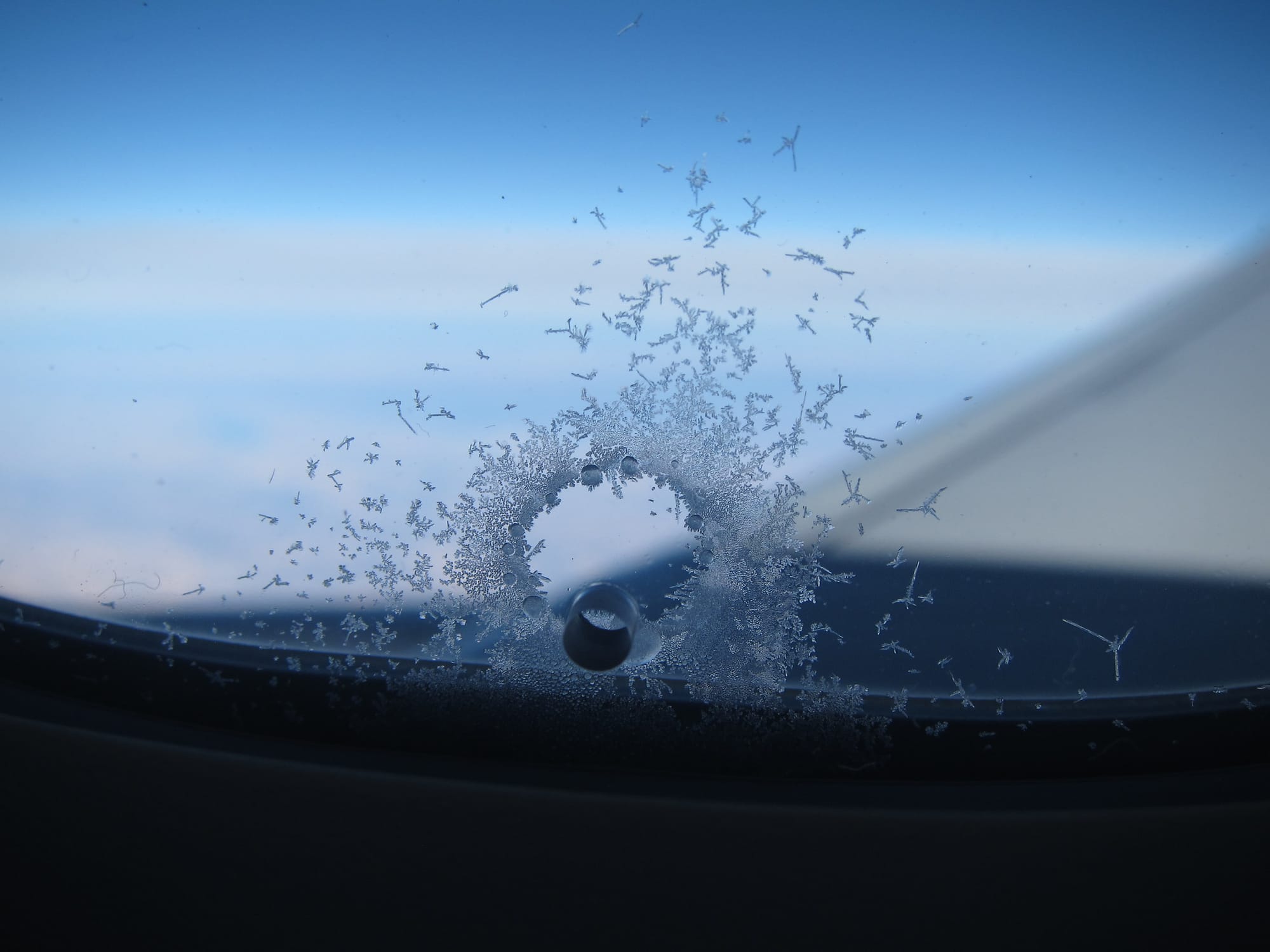
If you've ever taken a window seat on a commercial airplane, you might have noticed something peculiar: a tiny hole at the bottom of the window. While it might seem like a curious design flaw or a cause for concern, this small feature plays a crucial role in aviation safety and comfort. Let’s dive into the fascinating world of airplane windows and discover why that little hole is so important.
The Anatomy of an Airplane Window
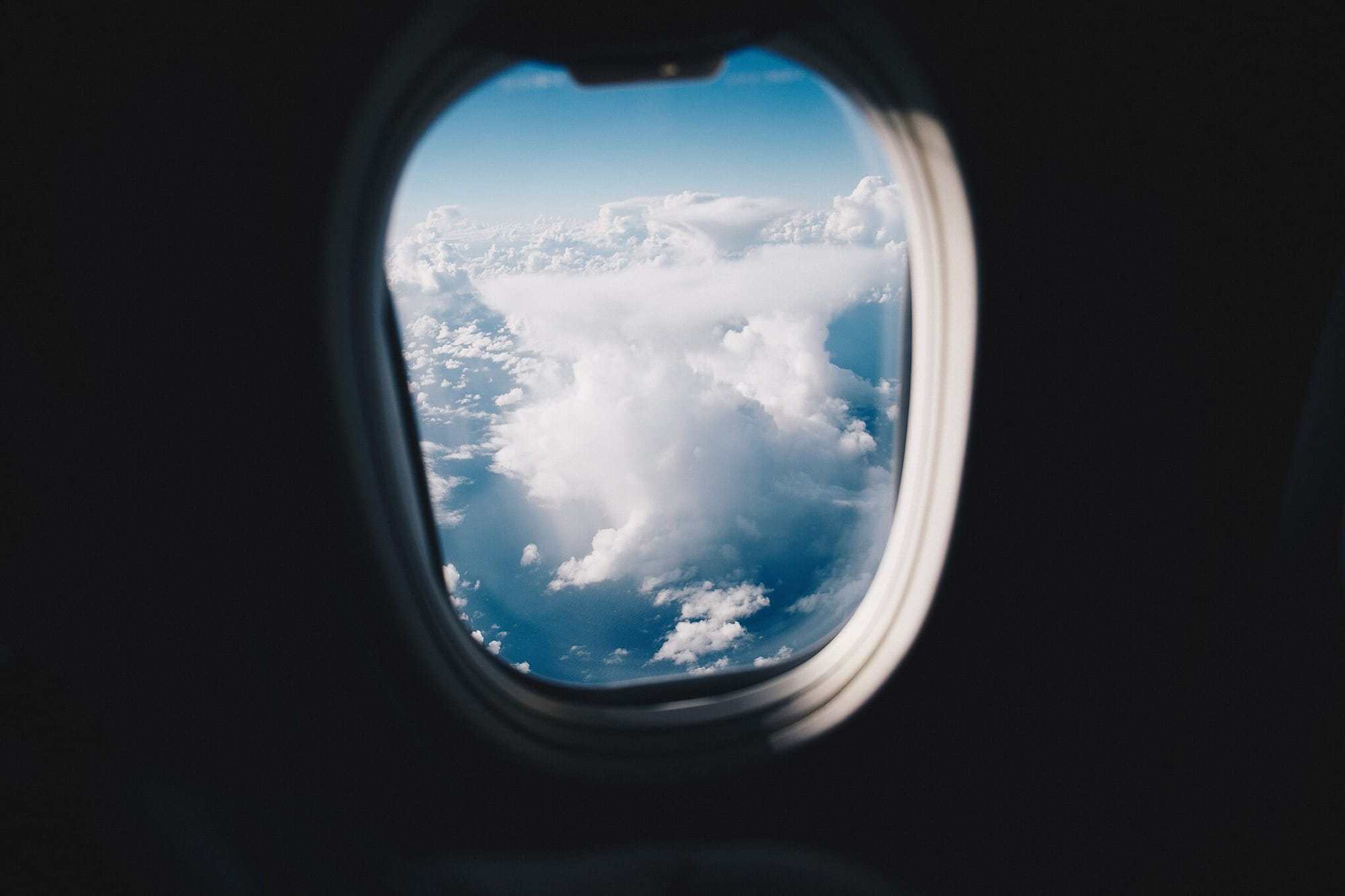
To understand the purpose of the hole, we first need to understand the structure of an airplane window. Unlike the windows in your home, airplane windows are built to withstand immense pressure differences between the inside of the cabin and the outside atmosphere at cruising altitudes.
A typical airplane window consists of three panes:
- Outer Pane: The strongest pane, designed to withstand the pressure difference between the cabin and the outside environment.
- Middle Pane: Also strong, providing an additional layer of safety from inside the cabin.
- Inner Pane: Mainly for passenger protection and typically plastic rather than glass, it ensures no direct contact with the outer panes and is usually the one you can touch and see up close.
The Role of the Breather Hole
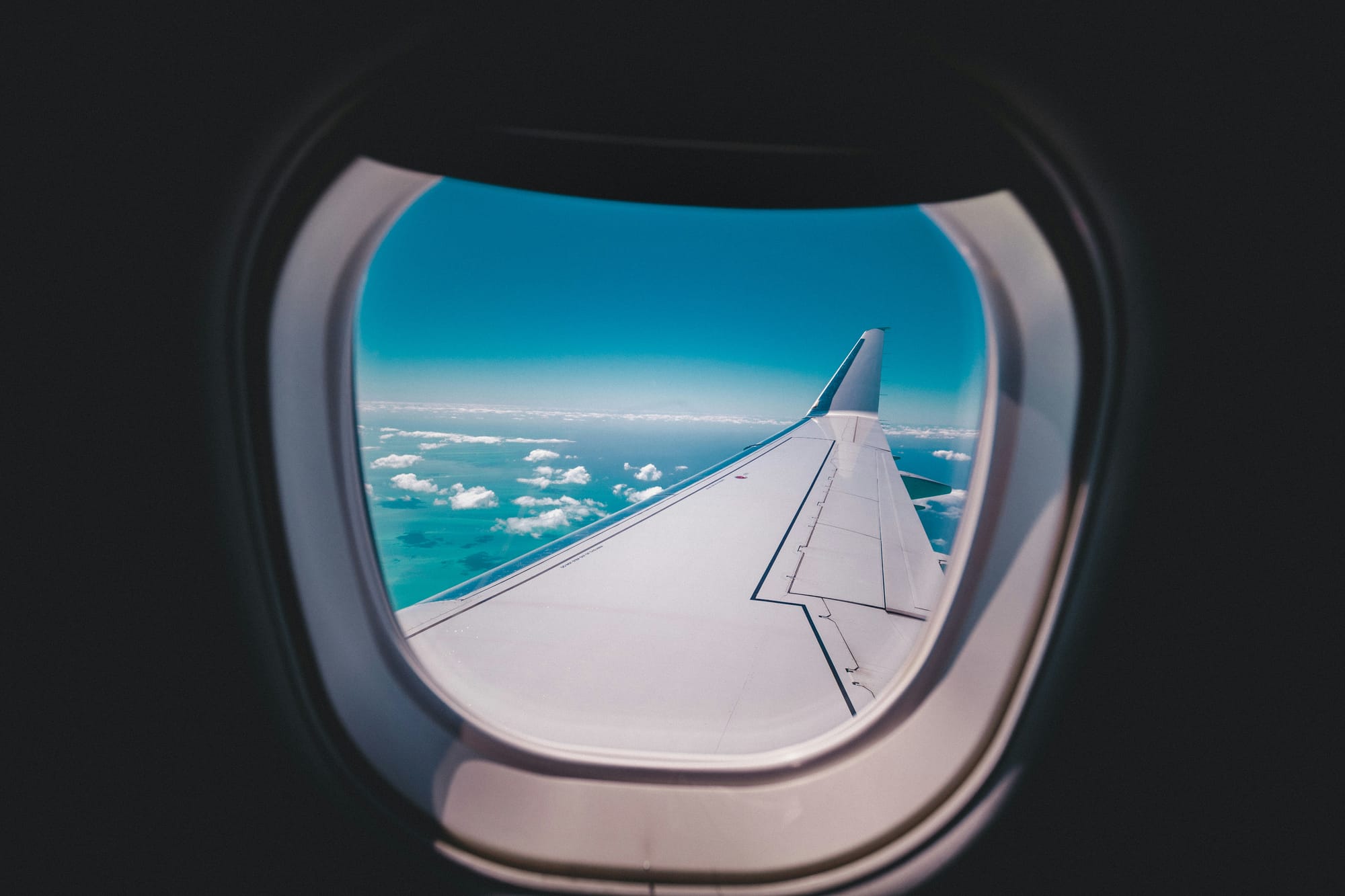
Now, let’s talk about that tiny hole, officially known as a “breather hole” or “bleed hole”. This hole is located in the middle pane and serves several essential functions:
- Pressure Regulation: The primary function of the breather hole is to regulate the pressure between the inner and outer panes. At high altitudes, the air pressure outside the airplane is much lower than inside the cabin. The breather hole allows the middle pane to equalize the pressure with the cabin, ensuring that the outer pane bears the brunt of the pressure difference. This design helps prevent the outer pane from experiencing too much stress, thereby reducing the risk of it cracking or breaking.
- Moisture Control: Moisture can accumulate between the window panes, potentially fogging up the window and obstructing the view. The breather hole allows this moisture to escape, keeping the window clear and ensuring passengers can enjoy those breathtaking aerial views.
- Temperature Regulation: The hole also helps to balance the temperature between the different layers of the window. By allowing air to flow between the panes, it prevents the windows from getting too cold or too warm, which could otherwise cause the panes to crack due to thermal expansion or contraction.
Fun Facts About Airplane Windows
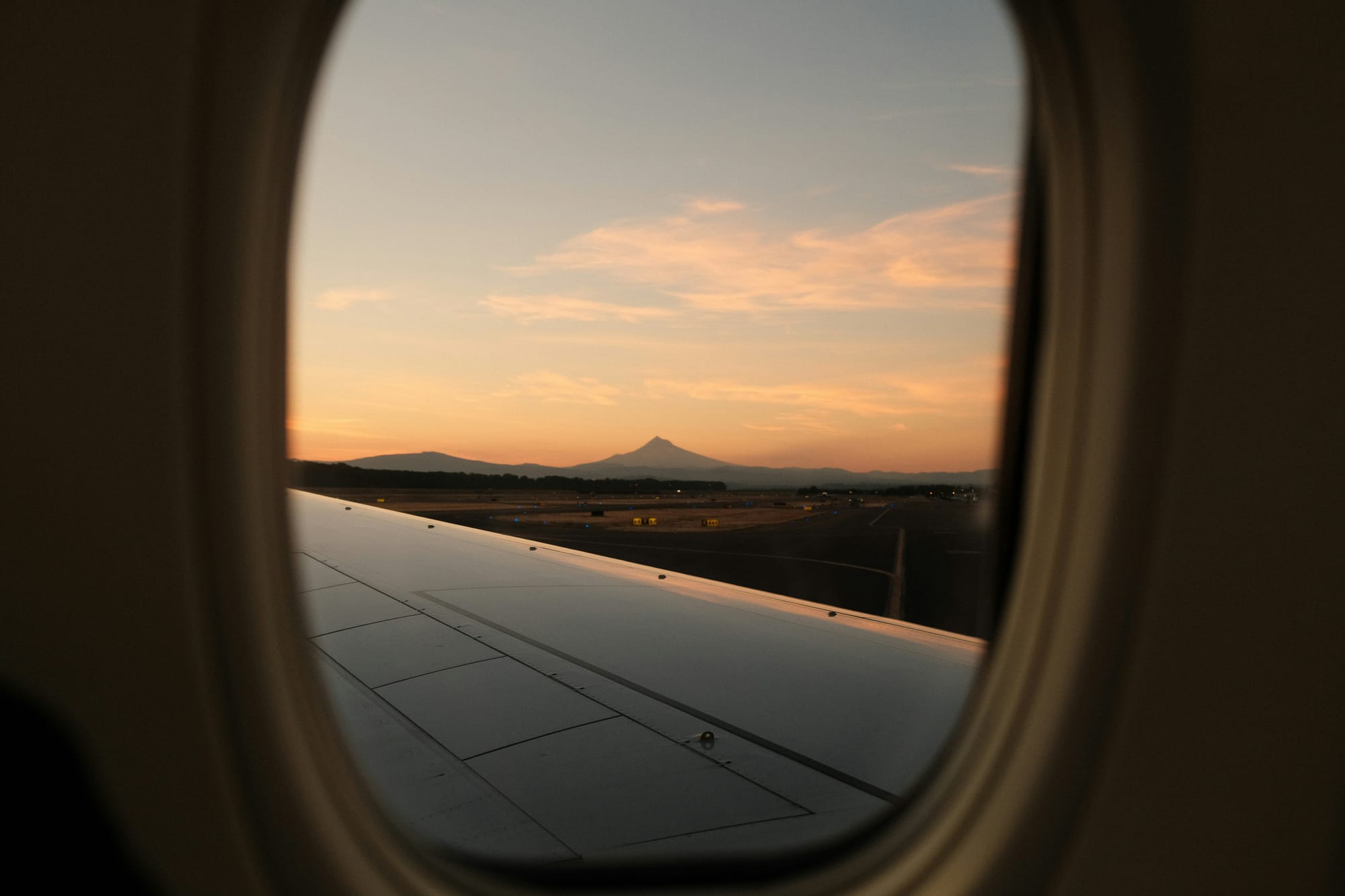
- Rounded Design: Airplane windows are round or oval, not square. This design distributes stress more evenly, reducing the likelihood of cracks forming at the corners, which was a lesson learned from early commercial aviation history.
- Viewports: On some larger aircraft, like the Boeing 787 Dreamliner, the windows are significantly larger than those on older models, providing passengers with an expansive view of the sky and the earth below.
- Electrochromic Windows: Modern aircraft are starting to feature electrochromic windows that can dim electronically, allowing passengers to control the amount of light entering the cabin without needing a physical shade.
Final Thoughts
The next time you find yourself in a window seat, take a moment to appreciate the engineering marvel that is the airplane window. That tiny hole is a small but mighty feature that ensures your flight is safe, comfortable, and clear. So sit back, relax, and enjoy the view, knowing that aviation engineers have thought of everything, down to the last little detail. Safe travels and happy flying!


